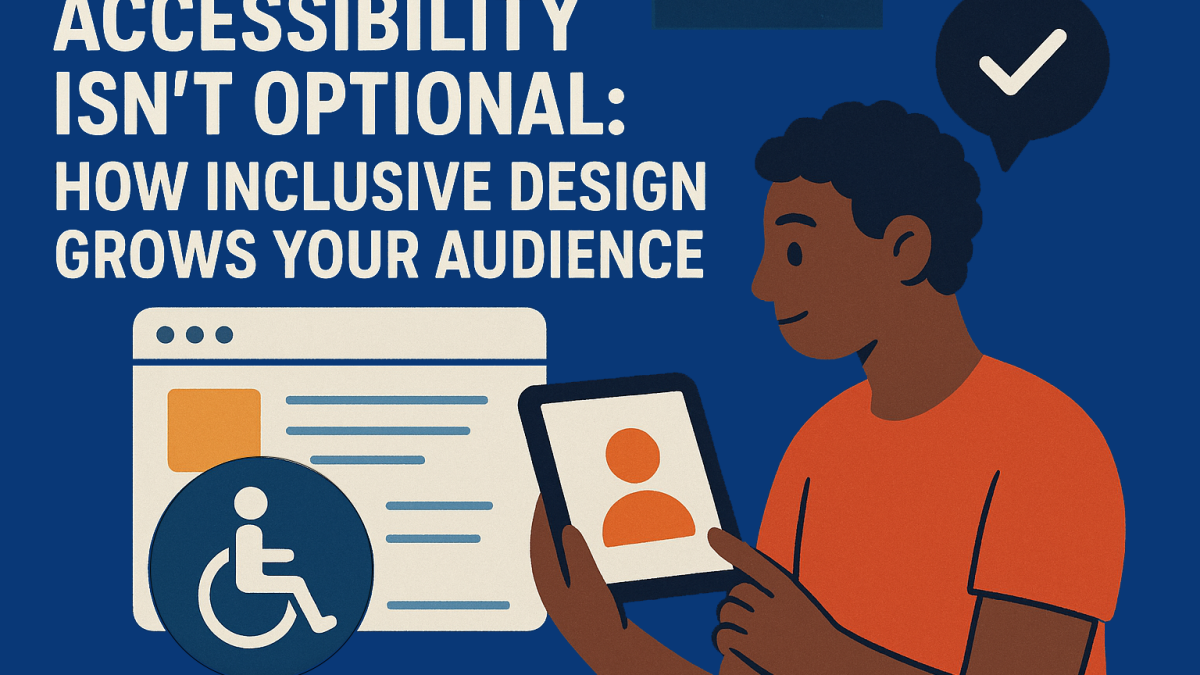
Accessibility Isn’t Optional: How Inclusive Design Grows Your Audience
Accessible websites aren’t just ethically right — they reach more people, improve SEO, and reduce legal risk. Accessibility benefits everyone: clearer content, better navigation, and more reliable interactions.
Start with these accessibility checks
- Keyboard navigation: Can you tab through the main navigation and interact with forms without a mouse?
- Color contrast: Does text meet minimum contrast ratios? (Check headline and body text separately.)
- Alt text: Do images have descriptive alternative text that conveys meaning?
- Form labels: Are all inputs properly labeled and do error messages explain how to fix issues?
DIY improvements that matter
1. Add meaningful alt text to images (avoid “image1.jpg”). Describe function and context.
2. Ensure focus order by testing tab navigation; reorder DOM elements if the visual flow mismatches the tab flow.
3. Use semantic HTML (headings, lists, button elements) rather than visually-styled divs for controls.
Note: These steps help, but full compliance with WCAG usually requires deeper structural fixes — accessible patterns in CSS/JS, ARIA roles implemented correctly, and remediation of dynamic content.
When to hire an accessibility specialist
Accessible sites are measurable and testable. If you need conformance for legal requirements, enterprise customers, or public-sector work, an accessibility audit is recommended. A specialist can run automated and manual testing (including screen reader checks) and provide prioritized fixes.
Accessibility is a commitment that pays off: more visitors, fewer complaints, and a better brand reputation.
